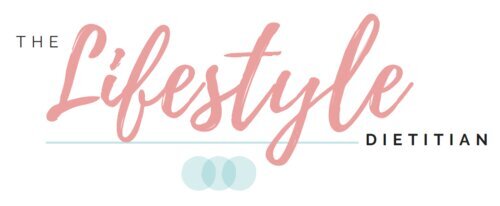Is fibre triggering your IBS symptoms?
If you struggle with Irritable Bowel Syndrome (IBS) or bloating, pain, wind, constipation and diarrhoea in general, you have likely been told to look at your fibre intake. Addressing fibre first when managing IBS is great before jumping into other strategies such as the Low FODMAP Diet which requires a lot more planning to follow. A good amount of relief can be achieved with managing fibre alone!
Unfortunately, fibre is a double-edged sword in IBS. Yes, eating enough fibre can improve symptoms. But, it is common for fibre to make symptoms worse. This can be due to a number of things so here are our top tips to managing and understanding your fibre intake for symptom relief.
1. Start low and go slow
Think of your digestive tract as a muscle and fibre as weights at the gym. If you have never lifted weights before, going straight for 50kg will be painful. Similarly, if you suddenly increase your fibre intake, your gut will struggle to manage this, triggering pain, bloating, wind, gas, constipation and diarrhoea. Instead, add high fibre foods slowly into your diet to allow your gut to strengthen and adjust. This may look like adding just one extra piece of fruit per day.
2. Choose cooked over raw
Cooking vegetables and other high fibre foods partially breaks down the fibre, making it easier for your digestive muscles to digest. For example, swap raw salads for steamed, roasted or sauteed vegetables. If you are after tasty meal inspiration, we suggest our Mediterranean Vegetable Tray Bake and Balsamic Tomatoes on Ricotta Toast recipes.
3. Chew, chew, chew!
Thoroughly chewing food is important for starting the process of digestion. Your teeth help physically break down the chunks of fibre in fruits, vegetables, grains, legumes, nuts and seeds. Chewing also helps mix through saliva which is rich in digestive enzymes. Aim to chew your food until it is an apple puree consistency or count 15 chews per mouthful.
4. Try lower fermentable fibres first
Did you know that humans do not absorb fibre like other nutrients in our food? Fibre travels all the way through the digestive tract to the large intestine where a whole community of bacteria live who feast on and ferment fibre. This produces gas which can trigger bloating and pain in IBS. Fortunately, some fibrous foods have a lower fermentability than others so are more “gentle” on your digestive tract. Examples include oats, potatoes, carrots, walnuts and kiwifruit.
5. Keep a food and symptom diary and get support
Tracking the foods you eat and symptoms that arise is key to monitoring how changes in fibre intake impact you. It is also great for identifying your tolerance of other common gut irritants like spicy foods, fizzy drinks, alcohol, high fat foods and non-food triggers including stress, sleep, meal size, skipping meals, medications, physical activity and menstrual cycle.
Reviewing your diary with an Accredited Practising Dietitian will assist in identifying patterns and providing support in how to effectively manage your symptoms without simply cutting out a large number of foods!
Whilst fibre is a key consideration in managing IBS, modifying and tailoring your fibre intake is important for achieving symptom relief. If you are struggling with fibre, IBS and gut symptoms, book in with one of our Accredited Practising Dietitians for individualised support.
